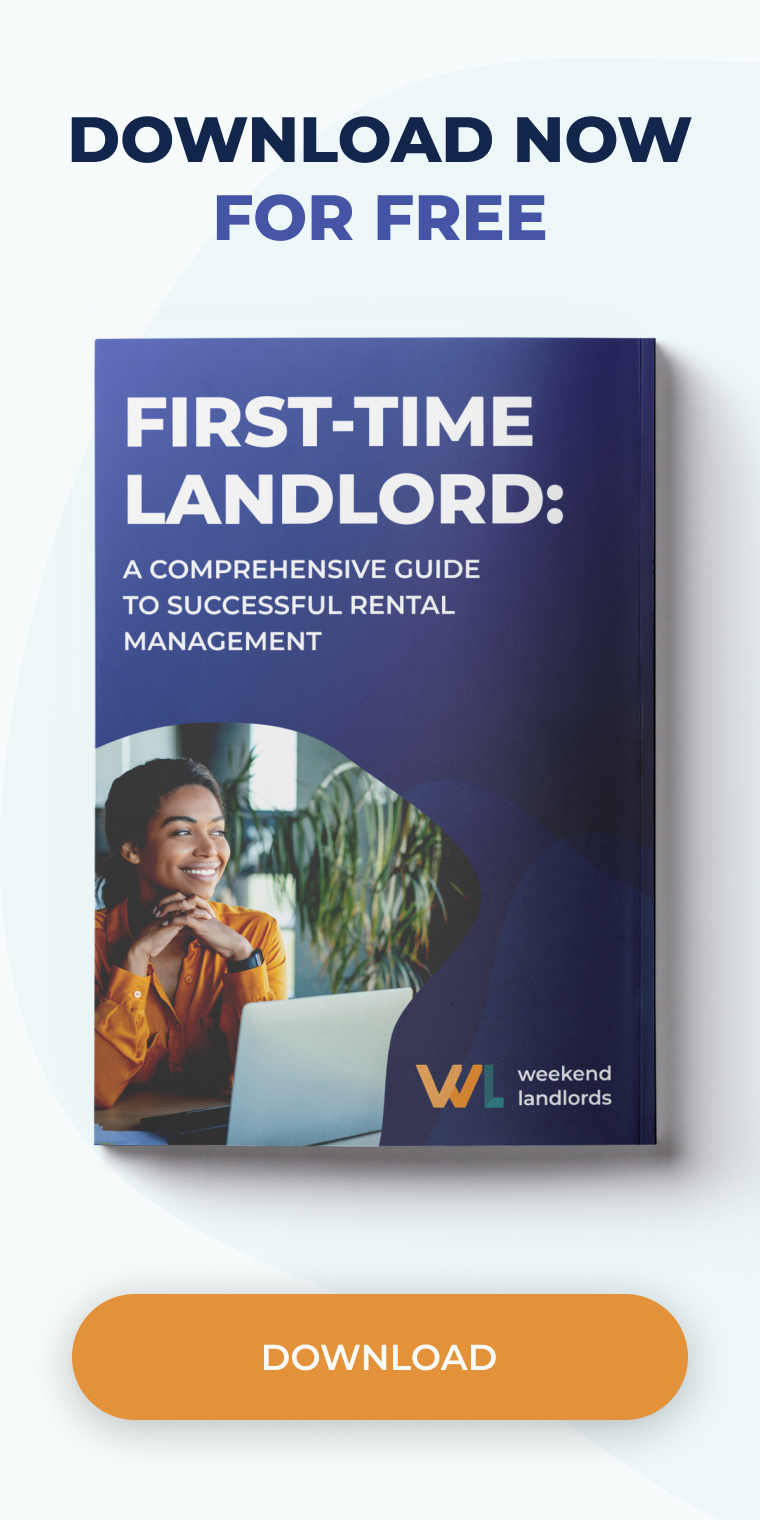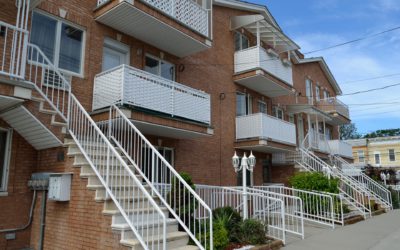You went through the screening process, found an ideal tenant, and they’re all set to move in. The hardest part of getting someone to rent your vacant space might be over… but instead of switching to autopilot, use the weeks between lease signing and the move-in date to create a packet of information for new tenants.
A move-in packet has two benefits: it ensures you have all the paperwork you need in one place and it will help your new renters feel like they’ve established a personal connection with you right off the bat.
What to include:
Copy of the lease signed by both parties
This is exactly what it says, a copy of the legally binding contract that has been signed and dated.
Move-in checklist
In the first few days after a tenant moves in, it’s crucial to walk through the apartment with them and make a note of any existing damage or wear on a move-in checklist that itemizes each feature in a rental. That way, you’ll know exactly what to charge a renter when they move out and they will be aware of their responsibilities for damage incurred.
Instructions for paying rent
Make it easy for a new tenant to pay rent for the first time by covering all the payment methods you accept and any late fees incurred for not paying by a certain date. For example, do you accept payment online? Make sure to write down the website they need to go to and how many days it will take to process the payment. If you prefer a mailed check, write the address down and include any special notes about the forms of payment you accept.
Emergency contact information
If you have a special number tenants can call for after-hours emergencies include it here. If you have a maintenance person on-call, include their number. Include the phone number of the local police department in case of emergencies like break-ins and theft.
Parking passes
If your renters need a special parking pass or sticker, include it in the packet. For assigned parking spots, give your tenants the information about who to call if someone parks in their space. Whether you have a towing company you use or prefer to have them contact you directly first, make sure the info on all parking procedures is in there. Parking is one of the biggest frustrations facing renters, so make it as painless as possible and your renters will stick around.
Map of fire extinguishers and emergency exits
If you’re renting out a unit in a larger apartment complex, make a map of the building with the emergency info highlighted. For homes, you can include a sheet with information about where fire extinguishers are located and instructions for testing fire alarms.
Maintenance request forms
Having a form for maintenance requests is crucial. That way you have a record of what needs to be done and the process is streamlined for everyone. Include a few copies in your packet.
Lead paint disclosure
If your house or apartment complex was built before 1978, you are legally obligated to include a lead paint disclosure form. You will also want to include some safety guides for living in a house where lead paint exposure is possible.
Guide to the neighborhood
Go the extra mile and create a sheet of paper with the nearest hospitals and their phone numbers, any special information about safety measures (i.e. “The road in front of this complex is shut down one Saturday in June for parade routes.”) and maybe even a list of the closest places to get takeout food.
Put all the information you’ve compiled in a cheap plastic binder and give it to your new renter when you hand them the keys.
Bonus:
After a day of moving furniture, the last thing a new renter wants to do is run to the grocery store for toilet paper or dig through their boxes for a shower liner to take a much-needed shower. Put a cheap plastic liner, a roll of TP and maybe some paper towels for the pizza they’ll inevitably order on the counter and you’ll be the world’s greatest landlord. Sometimes it’s the simple things.
Originally published on Groundwork






0 Comments